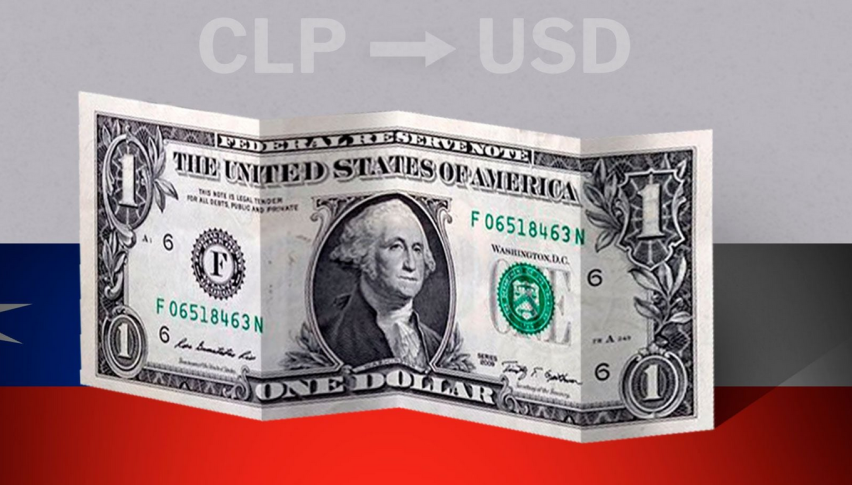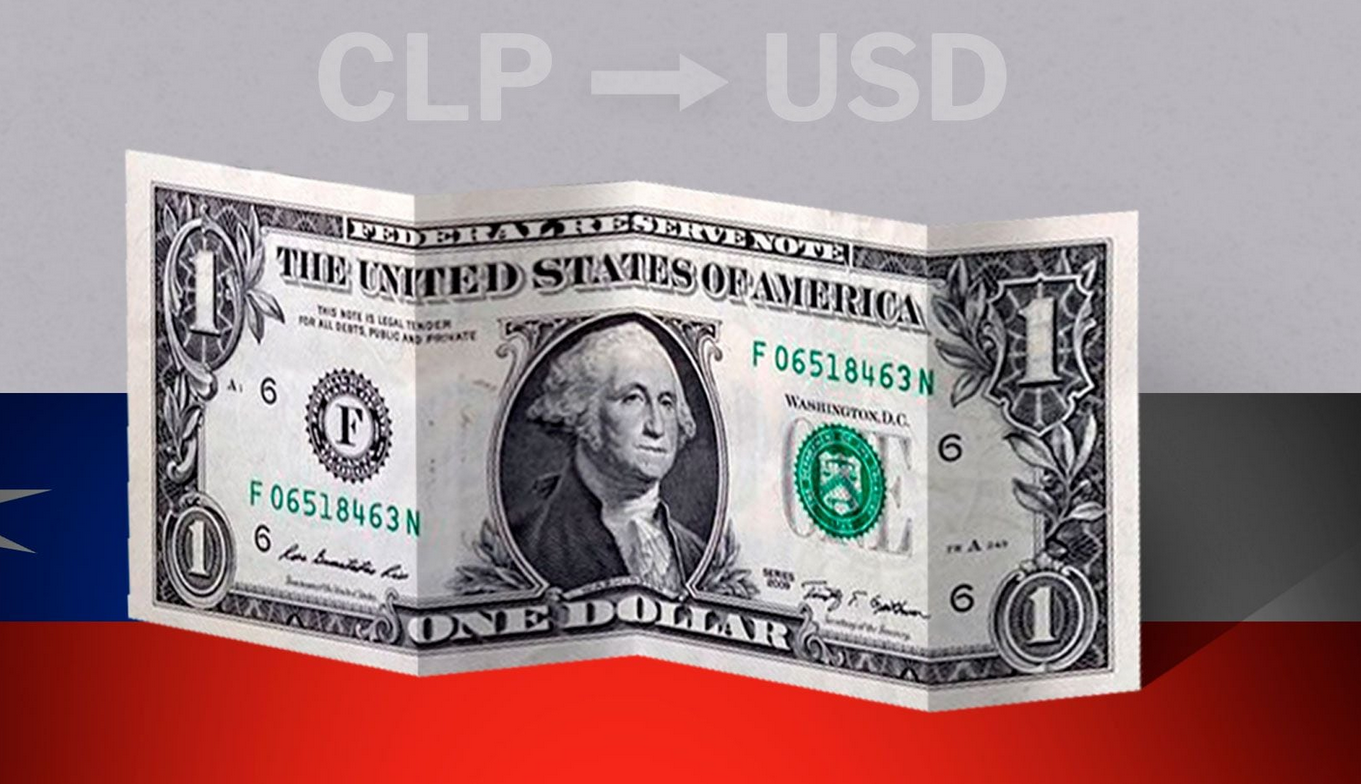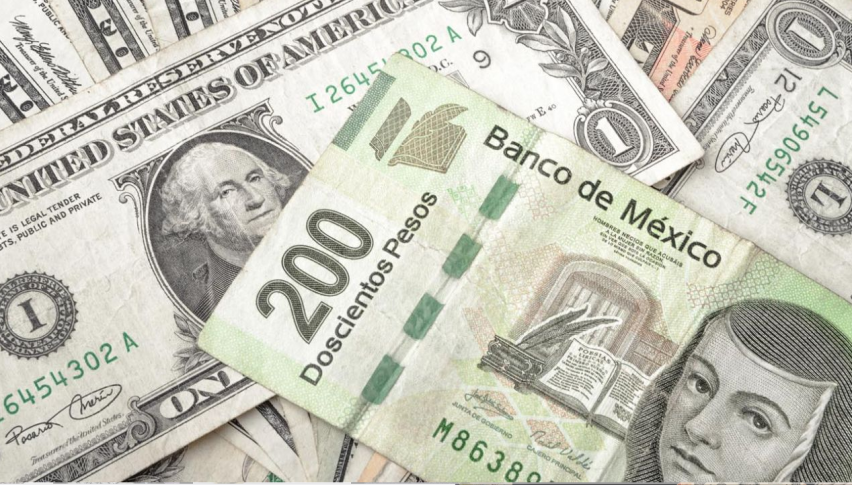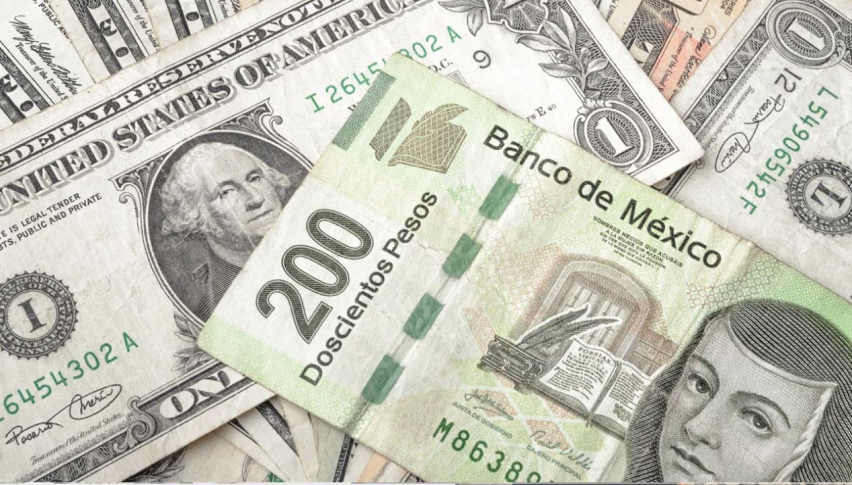Chile: USD decreases slightly following Central Bank survey and US CPI.
Analysts in general have aligned themselves with the idea of a 75 bp rate cut at the Central Bank Council meeting on April 2nd.

Consumer prices in the United States increased by 0.4% on a monthly basis last month, as expected, but accelerated more than anticipated to 3.2% on an annual basis.

The dollar slightly declined on Tuesday following the release of the February CPI data in the United States, following the dissemination of the results from the Central Bank’s Economic Expectations Survey (EEE), which showed moderation in the magnitude expected for the next key rate cut in Chile.
By mid-morning, the dollar was down by $2.01 to $965.3 in quotations, after having dropped to an intraday low of $963 during the morning, and shortly thereafter to a high of $970. The currency saw a mild rebound in the previous session.
Swap rates rose by up to 7.25 basis points (bp) in the local derivative market. Analysts in general have aligned themselves with the idea of a 75 bp rate cut at the Central Bank Council meeting on April 2nd, down from the 100 bp anticipated a month ago.
Market sentiment for less aggressive cuts by the Central Bank counteracts any bullish pressure the dollar may have globally, as analysts adjust their predictions, now suggesting a 75 bp cut following the surprising rise in the February CPI in Chile on Friday.
The dollar index grew by 0.24%, while Comex copper, main export of Chile, lost 0.47%. Financial conditions tightened in the US, with around 5 bp increases across the Treasury bond interest rate curve.
The February Consumer Price Index (CPI) rose by 0.4% on a monthly basis – as expected – but reported an annual rate of 3.2%, one-tenth above analysts’ expectations. The indicator excluding food and energy, meanwhile, increased by 0.4% monthly and 3.8% annually in February, both also one-tenth above forecasts.
- Check out our free forex signals
- Follow the top economic events on FX Leaders economic calendar
- Trade better, discover more Forex Trading Strategies
- Open a FREE Trading Account


